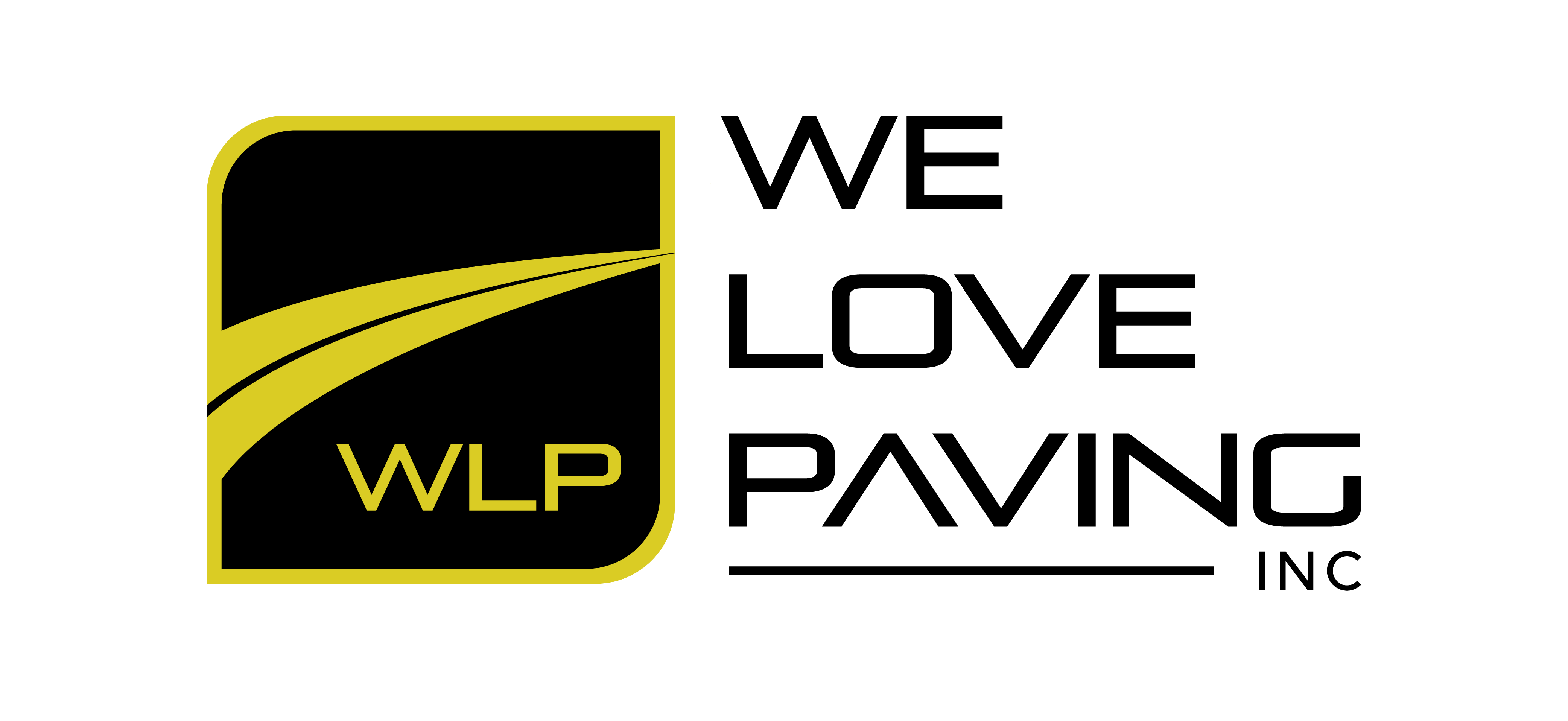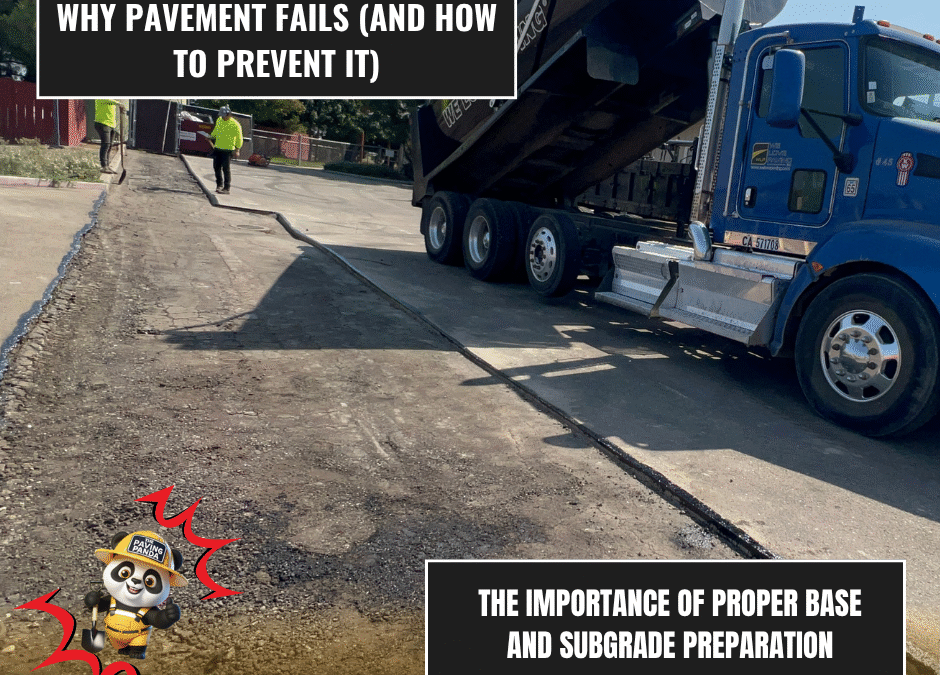At We Love Paving, we’ve repaired thousands of cracked, sunken, and prematurely failing parking lots. But in most cases, the problem didn’t start at the surface—it started beneath it.
Paving failures almost always trace back to one key issue: inadequate subgrade and base preparation.
If you want a surface that lasts 20+ years—not just 2—this blog will walk you through why proper ground prep matters and how WLP does it right from the start.
🧱 1. What Is the Subgrade—and Why It Matters
The subgrade is the native soil or engineered fill below your pavement. Its strength, moisture content, and uniformity determine how well it can support the loads from asphalt or concrete above.
If the subgrade is:
-
Too soft or loose → settling and cracking
-
Poorly drained → potholes, heaving, erosion
-
Inconsistent → surface shifting and uneven wear
That’s why WLP always begins with a full soil evaluation—testing compaction, moisture, and load-bearing capacity before moving forward.
⚙️ 2. The Role of the Base Layer
The base layer (often made of crushed aggregate or road base) acts as the structural foundation of the pavement. It spreads loads from traffic evenly and allows water to drain away from the surface.
Best practices include:
-
Installing 4” to 8” of compacted base, depending on traffic
-
Using clean, angular aggregate
-
Compacting in lifts to 95%+ density using vibratory rollers
-
Confirming cross slope or crown for proper drainage
At WLP, we follow industry-standard specs and city code requirements for base depth and compaction—and go beyond them when needed.
💧 3. Drainage Is Just as Important as Strength
No matter how well your pavement is built, it will fail if water sits on or under it.
That’s why we incorporate:
-
Laser-guided grading to ensure proper surface slope (1–2%)
-
Subsurface drainage layers where water retention is an issue
-
French drains, trench systems, or swales depending on terrain
-
Edge protection to prevent erosion or rutting
🛠️ 4. Common Signs of Poor Base Prep
If you’re seeing any of these in your lot or driveway, the base or subgrade likely wasn’t properly prepared:
-
Early cracking within 1–3 years
-
Soft spots or “sinking” near edges
-
Pooling water after rain
-
Alligator cracking patterns
-
Heaving or frost damage in winter zones
WLP offers site inspections to assess your current surface and identify what’s happening beneath.
🏗️ 5. How WLP Ensures Long-Term Performance
Our process includes:
-
Site grading with GPS or laser-controlled equipment
-
Soil testing and treatment if required
-
Base layer installation to engineered specs
-
Geotextile separation fabric in unstable areas
-
Full compaction logs and slope verification
Because surface beauty means nothing without structural integrity.
📞 Want a Surface That Actually Lasts?
Whether you’re paving a new commercial lot, rebuilding a failed driveway, or adding ADA ramps on sloped terrain—We Love Paving builds it right from the ground up.
👉 Contact us today for a site evaluation and engineered paving quote.
📍 Serving Fremont, Bayshore, Diablo Valley, and mountain communities across California.

